How to grow organic vegetables in your own garden, here are some tricks:
Interesting facts about growing organic vegetables
The visit to Lavancia Organic farm was truly educational, we discovered so much about organic farming. We cannot wait to put into practice all we have learned and to cultivate our own organic vegetable patch.
1. Tomatoes Seeds
2. Basil
3. Mildew
Tomatoes Seeds
Agnes and Renaud have a fantastic variety of tomatoes. They joined an EU-cross border association called ALCOTRA which supports the re-introduction of Heirloom varieties of fruits, and vegetables. The seeds have been preserved by farming families down through the generations, most of which are not available on the open market. As the seeds are not cross-pollinated, each one will produce the same fruit or vegetable they originated from.
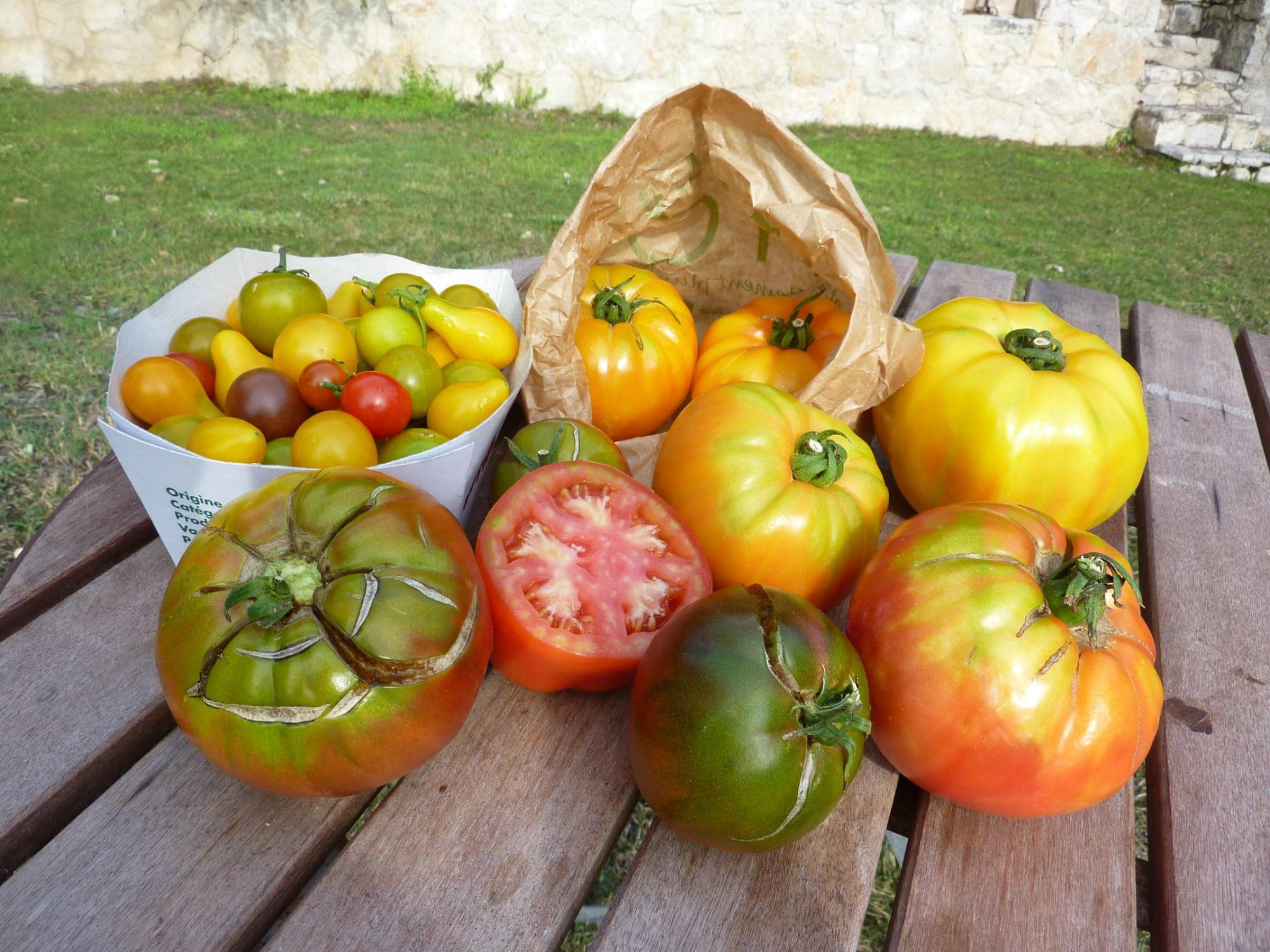
This is not true of Hybrid seeds which are created through the cross-pollinating of various species of tomato plants. I have tried to plant seeds from tomatoes bought at the supermarket, however, the tomatoes they produced were not the same.
I saved all the tomato seeds we collected at the farm and will plant them next year in our vegetable patch. Agnes advised that to achieve the best result, the seeds should be fermented as fermentation kills all bacteria. If not, the dormant bacteria in the seeds will infect the plant once it germinates.
As you will see from the attached photo, I left the seeds in their juices and put them in jars, covered with pure water.
N.B.: I always collect the condensed water from one of our air-conditioning units. As this water is the condensation from the humidity in the air, it is free of any minerals or chemicals.
I cover the jars containing the seeds but do not tighten the lid to allow the air to circulate.
I will let them rest for a few days until I see a white film forming on the top. I will then clean and dry them on a sheet of baking paper.
Once dried, I will seal them in the jars with labels.
What about the tomatoes?
I used them in the creation of the following dishes:
• Large Tomatoes: Pasta with tomatoes, mozzarella and basil
• Small Tomatoes: Salad Nicoise
Basil
Growing basil has always been a challenge for me, but if I could, I would grow it everywhere. Unfortunately my results to date have not been very reassuring, even after trying all possible combinations of watering, sun, pots or directly growing it in the ground.
Renaud showed us how he grows his basil and I was astonished, they are planted between his peppers with plenty of water. Why between his peppers? Because this way they are in the shade and get exactly the amount of sun they need.
So our plan for next year is to grow organic basil all around the garden in between shrubs, irrigating them daily with sprinklers.....Yes, sprinklers!
Mildew
Since we moved back to the South of France, I have been reading a lot about growing fruits and vegetables, and every article and book always says never to water vegetables with sprinklers as it encourages Mildew, especially when the sun is out.
Mildew flourishes with the combination of humidity and heat.
- Our soil has a high concentration of clay, and humidity is a real problem, like in most places here on the Riviera.
- Heat and sun are also common, but less of a problem!
Contrary to what I have read, Renaud sprinkles his zucchini and tomatoes at midday and no Bordelaise or Copper Sulphate is required!
He grows the vegetables in polytunnels and sprinkles them at midday to lower the rising temperature. The water is sprinkled right over the plants and it washes away the Mildew. Unbelievable!!
He also has clay soil and uses a special fertilizer that improves the soil structure over time. It is a bit more expensive than horse manure, but light to carry and much more effective.
Our eyes were opened to a completely new organic reality!
Next year we will also grow organic vegetables.

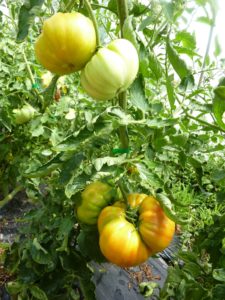
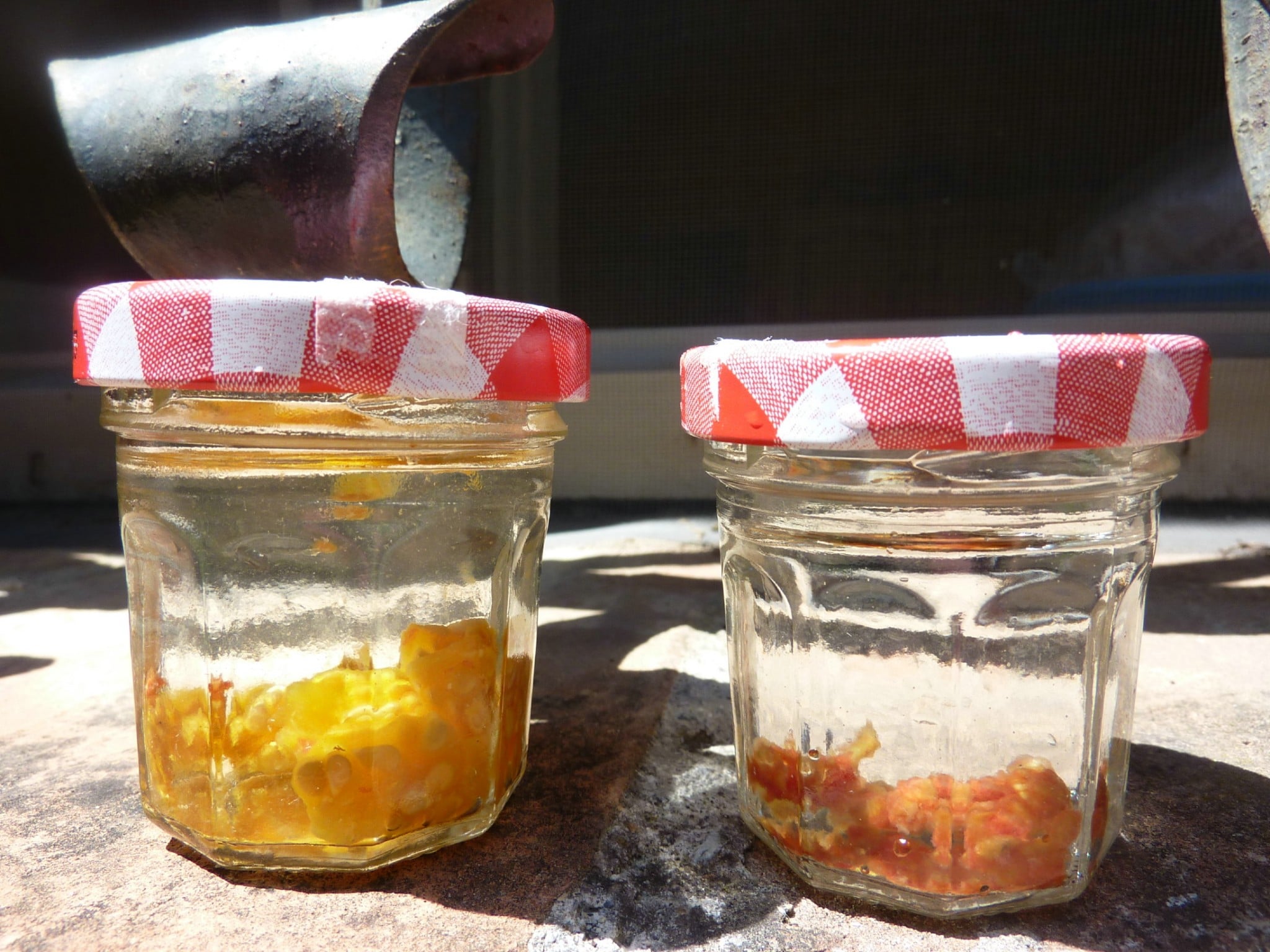
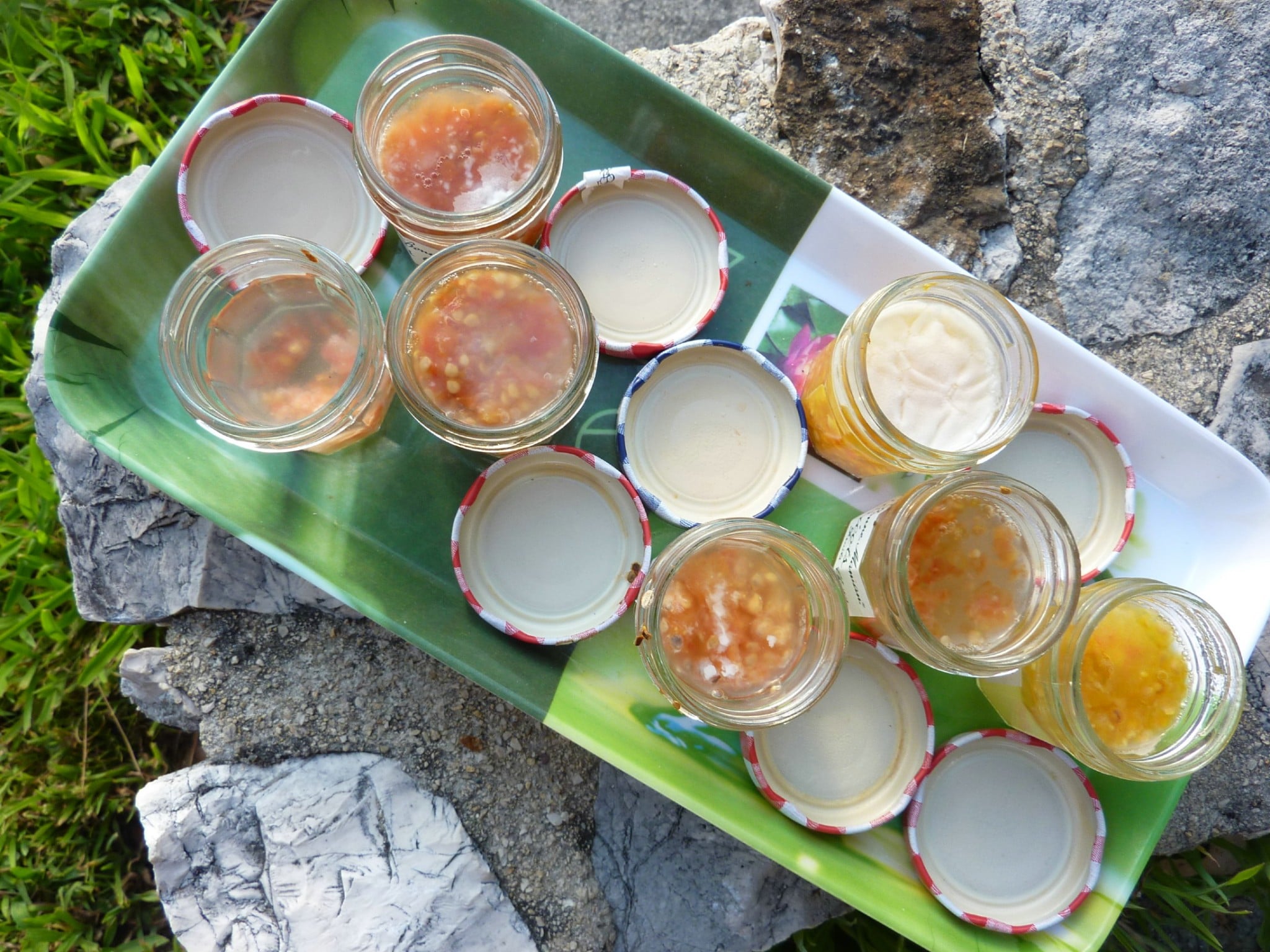
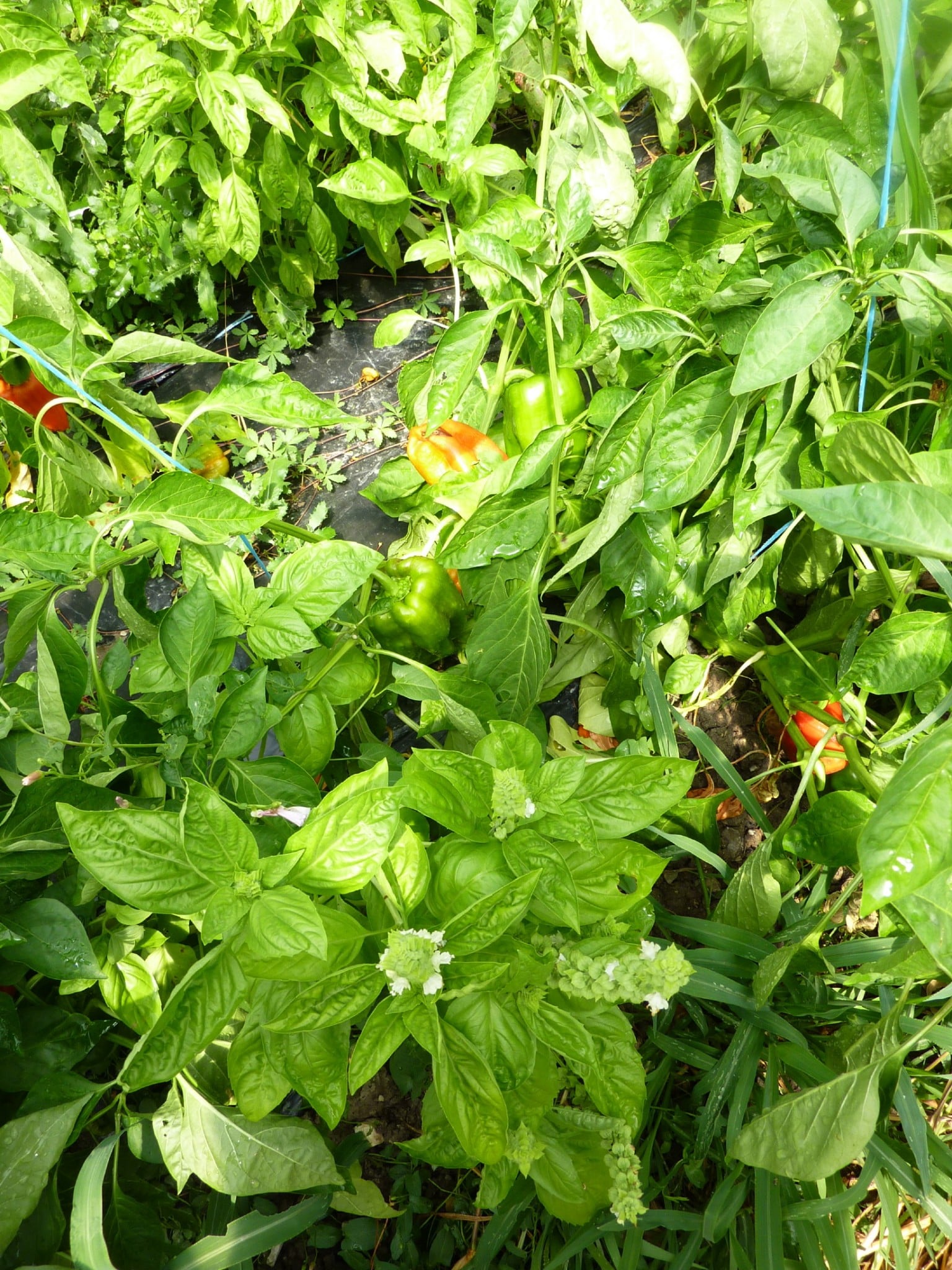
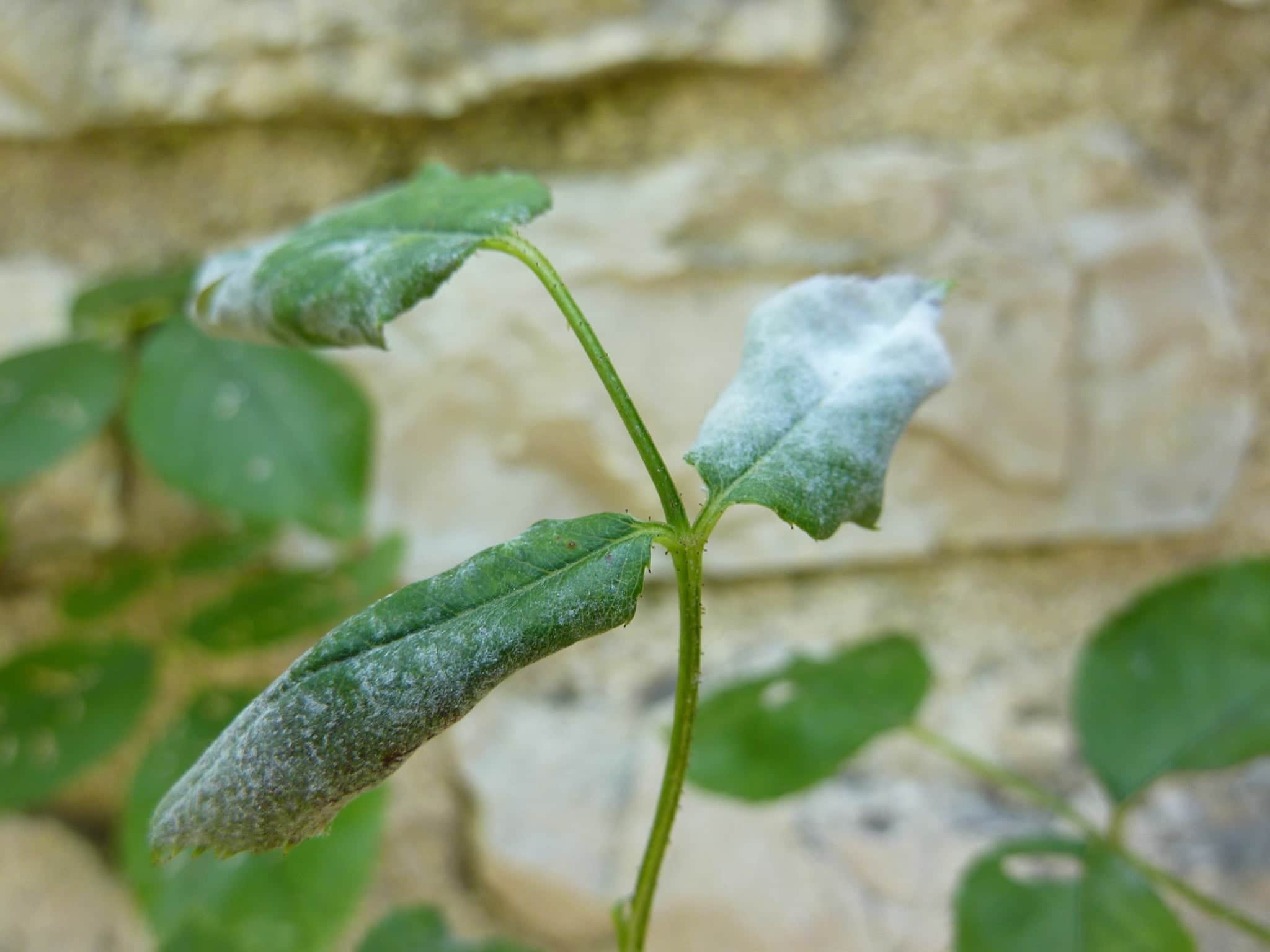

Paulina
Any contact to these people, please?
Best regards
Paulina
Laura
Hello Paulina, I will ask what is the best way to contact them and will get back to you.